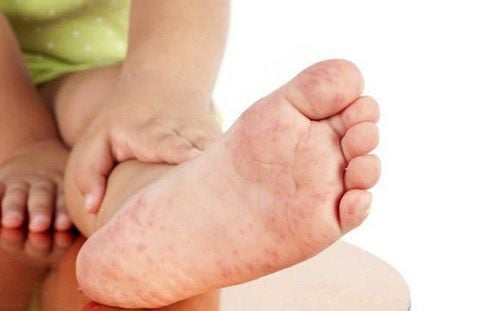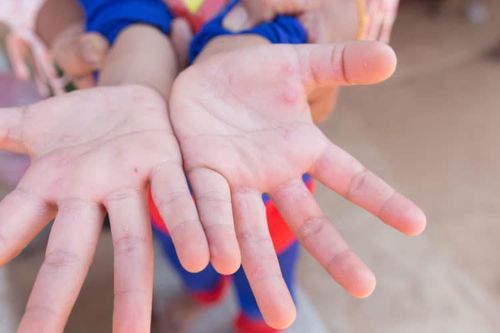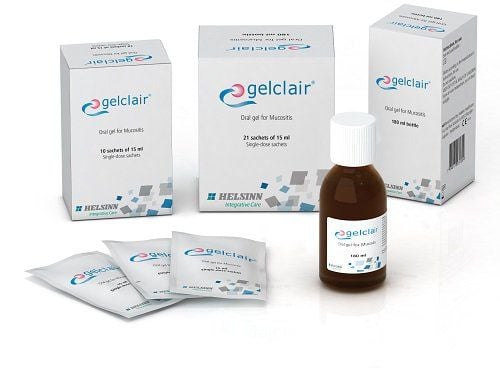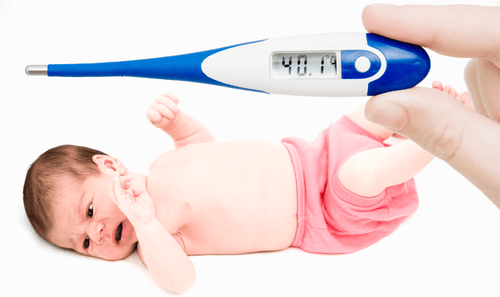This is an automatically translated article.
The article is professionally consulted by Master, Doctor Vu Quoc Anh - Pediatrician - Department of Pediatrics - Neonatology - Vinmec Danang International General Hospital. The doctor has nearly 10 years of experience as a resident and treating physician.The main manifestation of hand, foot and mouth disease in children is damage to the skin and mucous membranes in the following positions: oral mucosa, in the palms of the hands, soles of the feet... can cause dangerous complications and death if not treated in a timely manner.
1. Classification of hand, foot and mouth disease in children according to the severity of the disease
Grade 1: Hand, foot and mouth disease in children causes only mouth ulcers and/or skin lesions.Mild hand, foot and mouth disease.
Grade 2: Hand, foot and mouth disease begins with neurological complications and mild cardiovascular complications. Grade 2 is divided into 2 sub-categories:
Grade 2a - The child has 1 of the following signs: startle less than 2 times/30 minutes and not recorded at medical examination, fever for more than 2 days or fever above 39 degrees Celsius accompanied by vomiting, lethargy, trouble sleeping, unreasonably irritable.
Grade 2b : Children with signs are classified into group 1 or group 2:
Group 1: startle child recorded at examination or history of seizures 2 times/30 minutes or history of seizures (at least < 2 times) /30 minutes) accompanied by 1 of the following signs: Somnolence Tachycardia > 150 beats/min (calculated when the child is lying still, no fever) Children with a high fever 39 degrees Celsius who do not respond to antipyretics Group 2: children with one of the following manifestations: Symptoms of ataxia: trembling limbs, shaking body, unsteady sitting, unsteady walking. There is nystagmus, strabismus. Weakness of limbs (arms, legs) or paralysis of limbs. Cranial nerve paralysis: choking manifestations, voice changes...
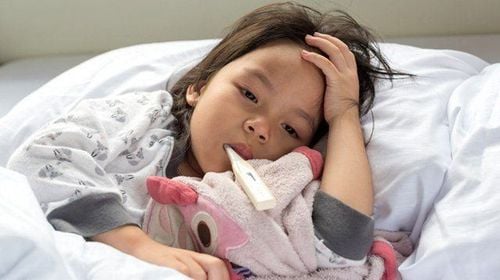
Tachycardia: > 170 beats/min (when the child is lying still, no fever). In some cases, children with hand, foot and mouth disease may have a slow pulse (this is a very serious sign). Sweating, generalized or localized cold. Blood pressure increases. Rapid breathing, abnormal breathing: there is apnea, the child has abdominal breathing, shallow breathing, appearance of chest indrawing, wheezing, laryngeal stridor. Consciousness disorder (Glasgow < 10 points). Increase muscle tone. Grade 4: Hand, foot and mouth disease shows signs of shock
Children show signs of shock (pulse = 0, blood pressure = 0...) Acute pulmonary edema, cyanosis, SpO2 < 92%. Stop breathing, hiccup.
Trắc nghiệm: Nhận biết sớm dấu hiệu chậm phát triển thể chất và trí tuệ ở trẻ
Nếu 6 tuổi không biết đếm số, 7 tuổi vẫn chưa phân biệt được giữa thực tế và tưởng tượng thì có thể bé chậm phát triển thể chất và trí tuệ hơn so với bạn bè cùng lứa. Bạn đã nhận biết được các dấu hiệu bất thường sớm này chưa? Cùng làm nhanh bài trắc nghiệm sau để trang bị thêm kiến thức cho mình nhé!
The following content is prepared under supervision of Thạc sĩ, Bác sĩ y khoa, Ma Văn Thấm , Nhi , Phòng khám Đa khoa Quốc tế Vinmec Dương Đông(Phú Quốc)
2. Does grade 1 hand, foot and mouth disease require hospitalization?
Most cases of grade 1 can be treated as outpatients and monitored at medical facilities. However, grade 1 requires hospitalization when there is one of the severe signs:High fever > 39 degrees C Fever for more than 3 days. Children vomit a lot. Children doze off. White blood cell > 17,000/mm3.
3. Treatment of hand, foot and mouth disease level 1
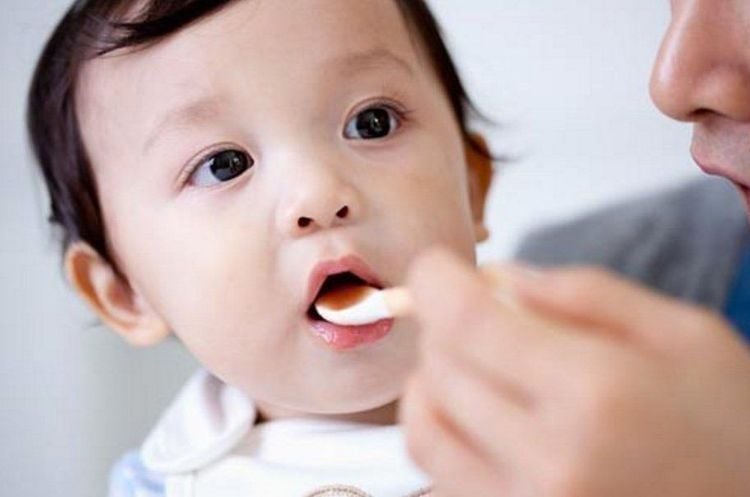
Provide adequate nutrition according to age, if the child is still nursing, it is necessary to continue breastfeeding. Antipyretic with Paracetamol 10 mg/kg/time (oral) every 6 hours. Clean oral hygiene. Give the child complete rest, avoid stimulation. Re-examination every 1-2 days, continuously in the first 8-10 days of illness. Or children with fever must be examined every day continuously until the fever is gone for at least 48 hours. In addition, children also need to be examined immediately when there are signs (grade 2a or higher) such as:
High fever ≥ 39 degrees Celsius. Rapid breathing, difficulty breathing. Startled sleep, lethargy, shaking hands and feet, fussiness, restlessness, trouble sleeping, vomiting. Convulsions, coma. Lurch. The skin is purple, sweaty, cold hands and feet. Depending on the level of hand, foot and mouth, the doctor will give different treatment regimens. Therefore, during the care process, parents need to pay attention to the abnormal signs of the child so that the child can go to the medical center for examination and treatment.
With many years of experience in examining and treating diseases in children, now the Pediatrics Department at Vinmec International General Hospital has become one of the major health care centers, capable of examining , screening and treatment of many specialized diseases in children. Therefore, if the child shows signs of hand, foot and mouth disease, parents can take the child to Vinmec International General Hospital for examination and receive support and advice from doctors and health experts.
Please dial HOTLINE for more information or register for an appointment HERE. Download MyVinmec app to make appointments faster and to manage your bookings easily.






